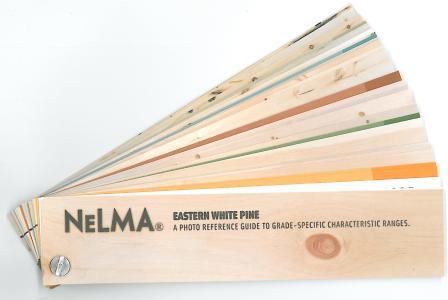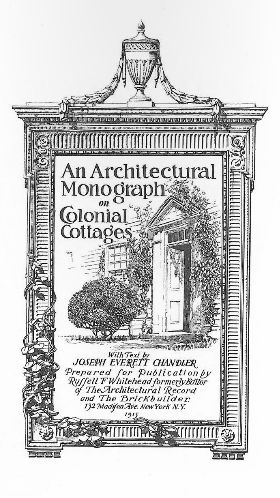
The word ‘green’ has been thrown around so much over the last decade, it’s lost a lot of its meaning. How do you define a ‘green home,’ for instance? Individual definitions range from calling a conventional home fitted with a few solar panels and low-flow toilets ‘eco-friendly’ to reserving the term for structures that have been LEED-certified (Leadership in Energy and Environmental Design) according to a strict set of criteria by the U.S. Green Building Council. When you’re looking to make your home more environmentally friendly, which features matter most? Here’s a quick overview of some of the most basic elements of a ‘green home.’
Local, Non-Toxic, Recycled and Renewable Materials
Many conventional building materials off-gas toxic substances into home interiors, or consume a lot of energy or contribute to pollution during manufacturing. For example, the cement industry is one of the primary producers of carbon dioxide, a major greenhouse gas. Since it’s natural, renewable, recyclable and consumes very little energy during processing, wood can be a much greener choice – but only if it’s grown, harvested and distributed sustainably. For example, you can’t call a home made of a wood sourced from clear-cut Amazonian forests ‘green.’ Choose sustainably managed wood, like Eastern White Pine, from regional sources when possible.
Compact Size
Smaller homes aren’t just more affordable to build and maintain – they also consume fewer resources over time. When you build a compact home that’s just large enough to suit your needs, you use fewer materials in the first place to build it, enabling you to budget for higher quality. It’ll also cost you less to heat, cool and provide electricity to the home in the long run, not to mention saving your own energy keeping it clean and organized.
Reducing Energy Consumption
While renewable energy is a great choice to replace or supplement power from the grid when possible, there are all sorts of ways you can reduce your energy consumption at home. LED lighting may cost a little more initially, but the bulbs last years longer than incandescent or even compact fluorescent (CFL) bulbs, and they use a mere fraction of the energy. Energy-efficient appliances can make a big dent in your consumption, too. Have your heating and cooling system serviced regularly, and employ passive methods of reducing or increasing heat gain depending on the time of year, like using blackout curtains.
Passive solar home design is a great way to build energy efficiency right into your home plans from the start, reducing heating and cooling loads by orienting the roof and windows to provide shade or let in sunlight at various times of the year. Learn more about passive solar at Energy.gov.
Efficiency
Insulating and weatherizing your home will go a long way toward making the interiors comfortable in all weather without letting precious heat or air conditioning escape through the cracks. Choose high-efficiency insulation like radiant barriers, wool, cellulose and structural insulated panels. Seal windows and doors with weatherstripping, caulk or plastic film, and check the exterior for air leaks around vents and pipes. Efficiency applies to water consumption, too – choose water-smart appliances and fixtures.


